



DALI, or Digital Addressable Lighting Interface, is a dedicated protocol for digital lighting control that enables the easy installation of robust, scalable and flexible lighting networks.
DALI was originally developed to allow digital control, configuration and querying of fluorescent ballasts, replacing the simple, one-way, broadcast-like operation of 0/1-10V analog control.
With DALI, the broadcast option is also available; in addition, with simple configuration, each DALI device can be assigned a separate address, allowing digital control of individual devices.
Furthermore, the DALI devices can also be programmed to operate in groups. This provides excellent flexibility since the lighting systems can be reconfigured by software reprogramming, without the need to change the wiring. Different lighting functions and moods can be achieved in different rooms or areas of a building, and then easily adjusted and optimized.
The digital nature of DALI allows two-way communication between devices, so that a device can report a failure, or answer a query about its status or other information.
Wiring is relatively simple; DALI power and data is carried by the same pair of wires, without the need for a separate bus cable. The polarity of the wires does not have to be observed, in contrast with 0/1-10V systems where wiring errors are common.
DALI is an industry-standardized protocol, and is specified in the multi-part international standard IEC 62386, as well as by new specifications written by DiiA.
DALI-2 is the certification program which is based on the latest version of the DALI protocol, and is developed and maintained by the DALI Alliance.
The IEC 62386 standard was restructured in late 2014 for ease of use and to faciliate the development of DALI-2. Many improvements were made to the standard including the addition of new commands and features. One of the most significant changes was the addition of control devices (including application controllers and input devices), which were not included at all in the original version of the standard.
DALI-2 also includes much more comprehensive testing than DALI version-1, with a strong focus on device interoperability. DALI-2 test results are independently verified by the DALI Alliance before certification is granted.
>> More about DALI-2 in comparison with DALI version-1
The IEC 62386 standard is split into a number of Parts, and IEC continues to develop the standard with input from many DiiA members. Separately, DiiA also creates new specifications which are in turn transferred to IEC for inclusion in IEC 62386.
>> More on IEC 62386 Parts and status
>> More on DiiA specifications